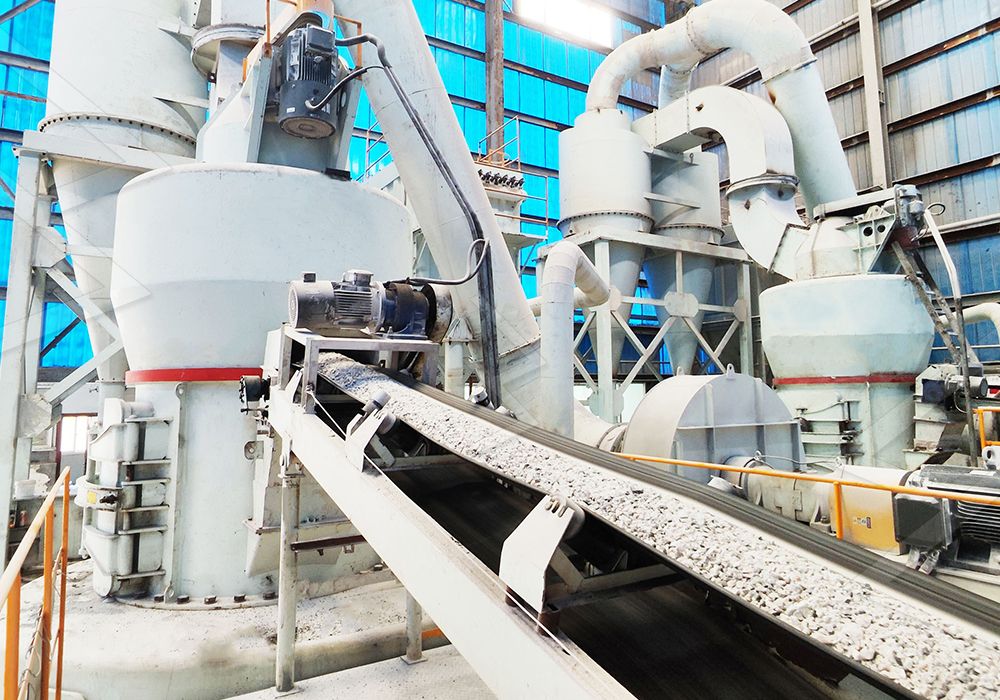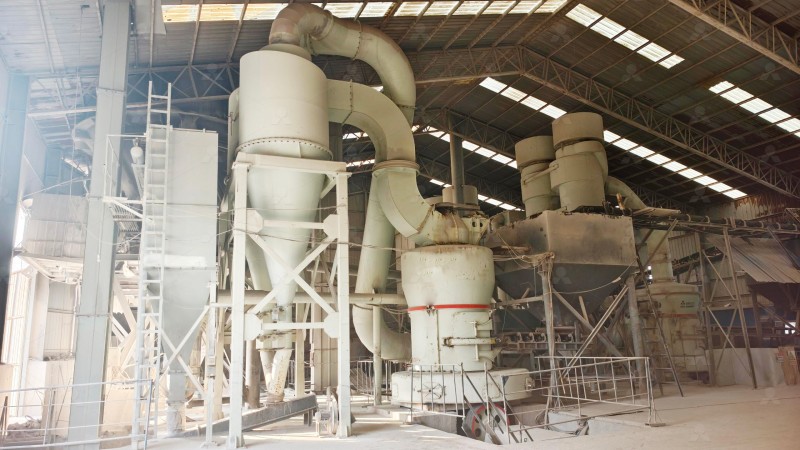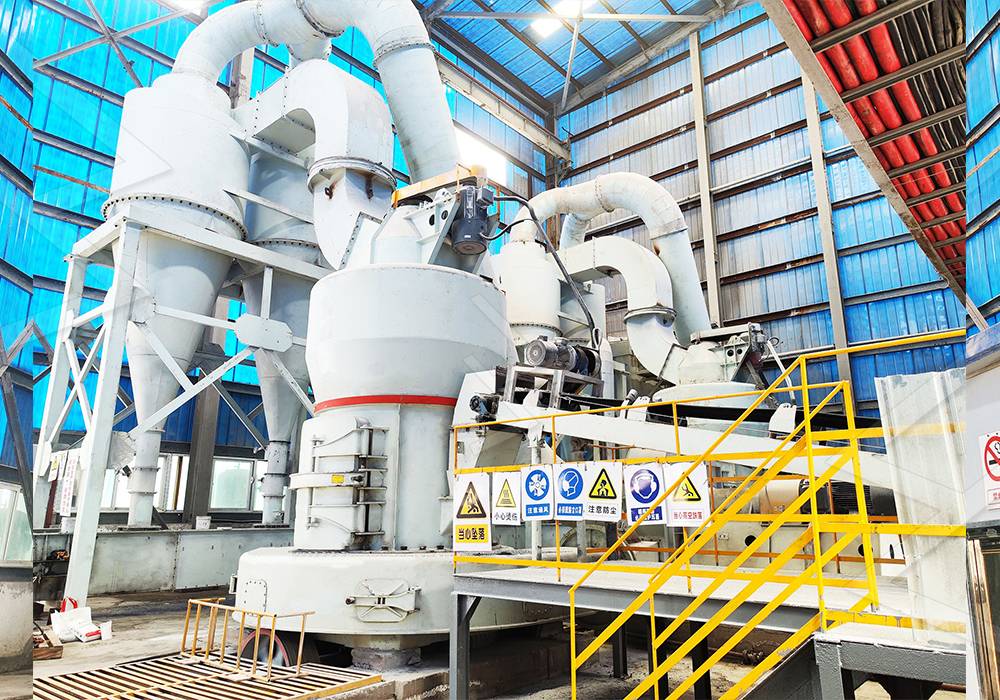Applications of Talc Powder in Plastic Manufacturing and Compounding
Applications of Talc Powder in Plastic Manufacturing and Compounding
Talc powder is an indispensable functional filler in the plastics industry, prized for its ability to enhance mechanical properties, improve heat resistance, and reduce production costs. Its lamellar structure provides excellent reinforcement, making it a preferred choice for compounding various thermoplastic and thermoset materials.
Key Benefits in Plastic Applications
When incorporated into plastic composites, talc improves stiffness and creep resistance while maintaining impact strength. It acts as a nucleating agent in semi-crystalline polymers like polypropylene, leading to faster cycle times and improved dimensional stability. The platelet structure of talc particles creates a barrier effect that enhances flame retardancy and reduces gas permeability in packaging materials.

In automotive applications, talc-filled polypropylene compounds demonstrate superior heat deflection temperatures, allowing components to withstand under-hood temperatures exceeding 120°C. The mineral’s natural whiteness provides excellent opacity and brightness, reducing the need for expensive titanium dioxide pigments.
Processing Considerations
The effectiveness of talc in plastic applications depends critically on particle size distribution and surface treatment. Finer talc powders provide better mechanical properties but require more sophisticated dispersion equipment. Surface modifications with silanes or other coupling agents improve compatibility with polymer matrices, reducing agglomeration and enhancing mechanical performance.

Advanced Grinding Solutions for Optimal Performance
Achieving the optimal particle size distribution for plastic applications requires precision grinding technology. Our MW Ultrafine Grinding Mill represents the cutting edge in talc processing technology. With an input size of 0-20 mm and capacity ranging from 0.5-25 tph, this system produces consistently fine talc powders ideal for high-performance plastic compounds.
The MW mill’s innovative design features higher yielding with lower energy consumption – achieving 40% higher capacity than jet mills with only 30% of the energy consumption. The adjustable fineness between 325-2500 meshes allows plastic compounders to precisely tailor talc properties for specific applications, whether for thin-wall injection molding or thick-profile extrusion.
For operations requiring even finer control, our LUM Ultrafine Vertical Grinding Mill offers exceptional precision with input size of 0-10 mm and capacity of 5-18 tph. Its unique roller shell and lining plate grinding curve generates material layers more efficiently, producing talc with superior whiteness and cleanliness – critical factors for consumer products and automotive applications where appearance matters.

Environmental and Operational Advantages
Modern talc processing equipment incorporates comprehensive dust collection systems that ensure environmentally friendly operation. The pulse dust collectors and noise reduction features maintain workplace safety while producing consistent quality talc powder. The absence of rolling bearings in the grinding chamber eliminates a common failure point, ensuring continuous 24/7 operation that plastic compounders depend on for their production schedules.
As the plastics industry continues to demand higher performance fillers, advanced grinding technology enables talc producers to meet these challenges while maintaining cost-effectiveness. The right particle size distribution and surface characteristics can significantly enhance the value proposition of talc in increasingly sophisticated plastic applications.
